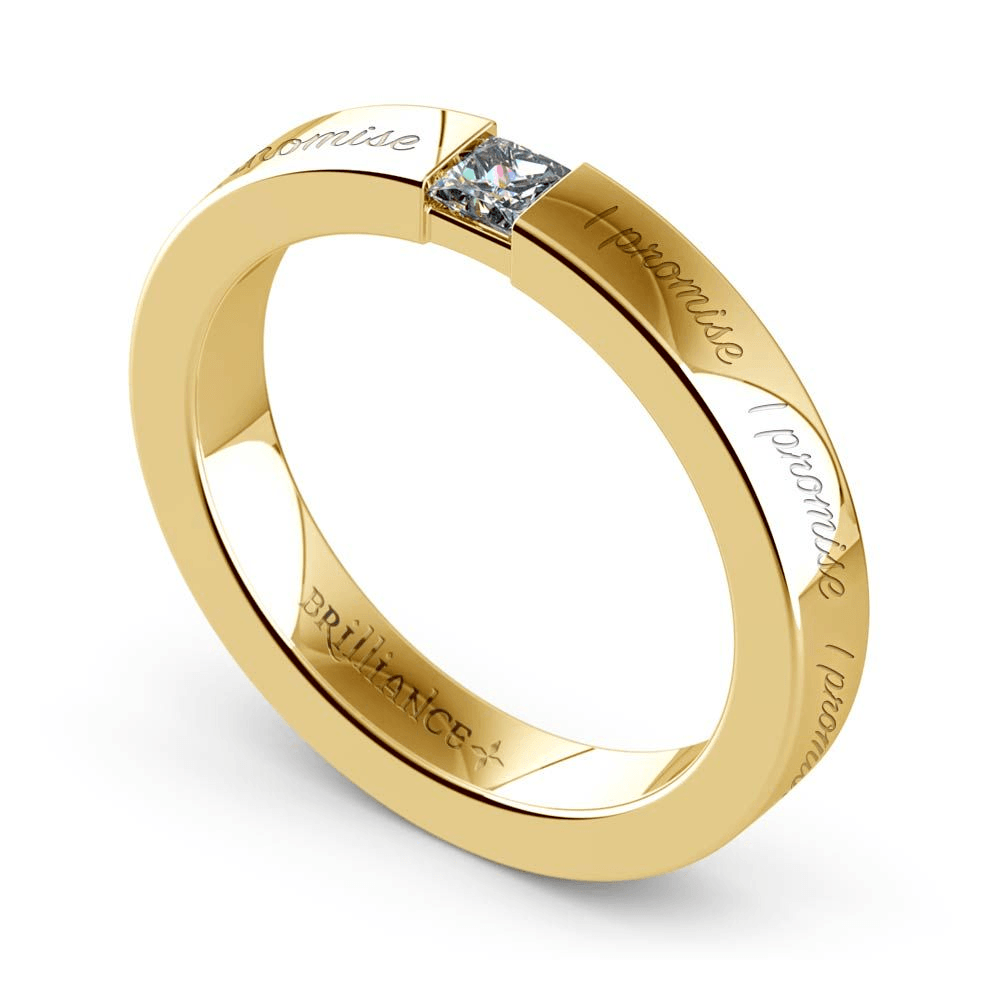Enthusiasts

Salvatore Ferragamo, Versace, Versus And Nautilus To Leave Baselworld
Jewelry News Network |
| Paolo Marai, president and CEO of Timex Group Swiss Luxury Division |
The prestigious Hall 1 of Baselworld may have more empty space than originally planned as four fashion watch brands are the latest to pull out of the 2017 edition of the world’s largest watch and jewelry show.
The Timex Group Swiss Luxury Division—which manages the watch business for luxury brands Salvatore Ferragamo, Versace, Versus and Nautilus through licensing agreements—is the latest to announce that it is leaving the annual fair held in Basel, Switzerland.
Paolo Marai, president and CEO of the division of the Timex Group, in an exclusive interview, said the $3 million investment into the show could be better spent in other areas of its global business. The four brands occupied Hall 1.1, the second floor of the hall dedicated to “global” watch and jewelry brands.
“I think that Baselworld is a huge investment for everybody and is in my opinion losing some effectiveness,” he said. “It used to be very important in different levels. First, it was a good opportunity to meet journalists but they’re coming less and less to Baselworld. And even those who come are reducing the time they are staying—running from one appointment to the next.”
He continued, “Second, in the past we used to meet a lot of retailers. This year not one single country sent retailers. So what you meet in Baselworld are distributors. But we know the distributors. I don’t need to go to Baselworld for that.”
 |
| Baselworld Hall. 1.1 (Photo Courtesy of Baselworld) |
Marai says the changing luxury business demands that luxury brands, particularly fashion brands, need to be closer to the consumer. He argues Baselworld isn’t an efficient way to do this.
“Baselworld is becoming more of a place to show off. I’m there because I want to show that I’m at Basel rather than doing something that is really effective toward the end consumer,” said Marai, a native of Milan who now lives in Lugano, Switzerland, where the Timex Group Swiss Luxury Division is located. “We need to move the needle and be close to the end consumer…. I can put in the same amount of money to be closer to the end consumer and be more effective…. It is a cost I do not believe we can afford anymore.
He added, “I’m not the only one (leaving) Baselworld. Plenty of brands have decided to step out of there. When the market is suffering I think you need to try something new. It is worth it for us to do something different.”
In May, luxury watch brands, Ulysse Nardin and Girard-Perregaux, announced that they were exiting Baselworld to exhibit at the Salon International de Haute Horlogerie (SIHH), which is held January in Geneva. Both brands—owned by Kering, the French luxury goods holding company—occupied the most prestigious space at Baselworld, Hall 1.0, the first floor of the Global Hall where the most prestigious independent and corporate-owned watch brands are located.
Watch, jewelry and gem companies have been leaving Baselworld since the trade show unveiled its $454.5 million upgrade to the Messe Basel fair complex in 2013. The new renovations came with hefty price increases for exhibition space as the trade show began positioning itself as a luxury event. In response, in 2013 there were 355 fewer exhibitors, primarily smaller players and those who provide products and services within the trade. However, a few large brands also balked at the new asking price. International jewelry brand, David Yurman, was perhaps the most high-profile company to leave the fair in 2013.
The change did attract some luxury brands, most notably Graff Diamonds, which began exhibiting at Baselworld in 2014 at Hall 1.1.
 |
| Baselworld Hall 1.0 (Photo Courtesy of Baselworld) |
Meanwhile, UBM Asia established “Jewellery & Gem Fair – Europe” in 2014 in Freiburg, Germany. The dates and location line up nicely with Baselworld. Freiburg is less than an hour away from Basel, Switzerland. Many of the jewelry, gem and watch trade companies that used to exhibit at Baselworld now exhibit at the new show.
Despite the issues, Baselworld remains the world’s largest watch and jewelry fair. It is also the most important watch and jewelry show in the world for new product introductions and for international exposure. Show officials said in 2016 attracted 145,000 attendees—who include representatives from exhibiting companies, buyers and other visitors—a 3 percent decline from 2015. There were approximately 1,500 exhibitors. The number of journalists covering the event increased 3 percent to about 4,400 from 70 countries.
It’s not just Baselworld. Large and small jewelry and watch trade shows throughout the world have been struggling to find their footing. The September Hong Kong Jewellery & Gem Fair, the world’s largest fine jewelry trade fair, reported attendance declines for two consecutive years. In the U.S., JCK Las Vegas (the largest jewelry trade show in North America and at one time the largest in the world) has never fully recovered from the 2008-2009 global recession. SIHH, known for its exclusivity, has opened its doors to more watch exhibitors and buyers.
Marai says driving this move is a change in the way that consumers relate to brands. This has prompted his push to find new ways for his company to get closer to its customers through its marketing practices and sales. The search for these new practices is further complicated by the various economic and geopolitical issues throughout the world that are affecting distribution and sales. This ranges from the steep decline in sales from the once booming China and Hong Kong marketplace, to the ongoing conflicts in the Middle East, the Western economic sanctions imposed on Russia and the surprise victory of Donald Trump as U.S. president.
He says the brands he manages through the Timex luxury division are doing better than most because they are a smaller and newer to the industry. The Versace and Versus part of the business was founded in 2004 and the Ferragamo and Nautilus business three years later. However, he says it’s necessary to be proactive.
“In tough moments you have to be more active. The market is suffering, the economy is not perfect everywhere. We are still very satisfied with what’s happening this year but I have to admit the market is not doing well,” he said. “We’re still showing growth because we are relatively small. We can still grow but in general the market is not performing well.”
Part of being active is embracing what Marai calls the “new digital revolution” with a “shop now, buy now” mentality.
“Everything is going digital at this moment and we’ve been struggling the past two years trying to embrace it. Because we work under license so we have some constraints. The brands cannot go in that direction just for watches. But more and more all luxury brands need to understand this digital revolution and need to manage it.”
This requires a more direct relationship by brands with consumers through social media and through the availability of their products. This approach, in and of itself, is not new to those in the luxury market. However, achieving this relationship has been difficult for established luxury and fashion brands.
“Those who have the money in the next 10 years need to be reached in a completely different way,” he said. “Traditional communication is over. Those with the capacity to understand and to translate this into the market will be more effective.”
Marai is interested in using the Internet as a tool to communicate directly with consumers and present their products and brand. As an eCommerce tool, he still says traditional retail will still be primary source of sales, noting the data indicates that that eCommerce will account for 20 percent of total luxury sales in 2025.
“There is a long way to go still. I’m pretty sure traditional distribution is frightened by the Internet and they should not be because it is used more as an information tool rather than just a purchasing tool. (However) it’s the best way to present your products. You can have your best show, your best shop where you can present all of your products exactly as you want them to be presented.”
Marai also is aware that online shopping is a fast and convenient way for consumers to buy products.
“Through digital you can supply your customer with whatever he wants so when he comes to us for a different dial or different strap it is very simple (to fulfill that order). We have to try to create a bridge between the traditional distribution and the new tools that are offered through eCommerce in order to be more effective with the end consumer.”
Often overlooked Marai says is that more than 50 percent of watches are purchased as a gift. “This means the presentation needs to be more luxurious, more than the product itself sometimes.”
In addition, he says watches from fashion brands are considered an accessory and a vehicle of self expression and should be further addressed by luxury watch brands.
“Brands such as ours, fashion brands, the design is more relevant than the movement inside. We have a good opportunity at the moment. Who cares today what is inside? The new generation they do not consider watches high-end technology.”
One piece of technology that muddled the watch market was the smart watch, Marai says, which after their initial success have failed keep the interest of consumers. However, it did cause damage by creating confusion with consumers and within the industry. He said the rush by traditional watch manufacturers to create their own digital watches was a mistake.
“Apple was a huge success in the initial phase but people that bought it don’t use it,” he said. “It has created confusion for the end consumer and the distribution channels. Everybody wanted to be the first to produce the product and I think it was a mistake. It was a little bit too early.”
Marai says the luxury watch industry is still a “relatively rich market,” meaning that compared to other industries the margins are high. But he hinted that this may change down the road as brands continue to market and sell directly to consumers.
“The distributor buys the product from the industry and then sells it to the retailer. (This) is not something that will last forever. The industry has to come closer to the distribution and become more direct and more effective, reducing a lot of the costs in distribution and (thus) making a more effective proposition to the end consumer.”
He added, “Some activities would have to possibly disappear.”
These are just some of the reasons Marai and others are reconsidering their commitment Baselworld.
Please join me on the Jewelry News Network Facebook Page, on Twitter @JewelryNewsNet, the Forbes website and on Instagram @JewelryNewsNetwork
























